2021 was the 6th hottest year on record. Hurricanes, floods, and extreme weather ravaged the entire planet last year. The more research I do about this situation, the more dire the situation looks to me.
But fear not, for many large companies, and even some countries have committed to go carbon neutral at some point. Microsoft, Google, Apple all are either trying to go completely carbon neutral or, go carbon free by 2030. Almost all car companies have some sort of plan to go carbon neutral by 2040 or 2050. Even India has plans to go carbon neutral by 2070!
However the question you might be asking yourself is “How do they do it?“. The answer is not that straightforward actually.

As part of this article, I had the chance to speak with Freya Chay, Program Associate at CarbonPlan, so you’ll see some main takeaways from the insights I had from that conversation in this feature as well.
(CarbonPlan is a non-profit based out of California that is focused on vetting the claims made by government and private entities regarding their climate programs. They were kind enough to let me talk with them to provide me with more insights into this nascent industry)
This is a long one, and NOT a casual read!
It is a manifestation of months of research from my side. I learned a lot, and it reframed my viewpoint on climate change, I really encourage you to read the full feature.
Carbon Offsets: The Quick Fix
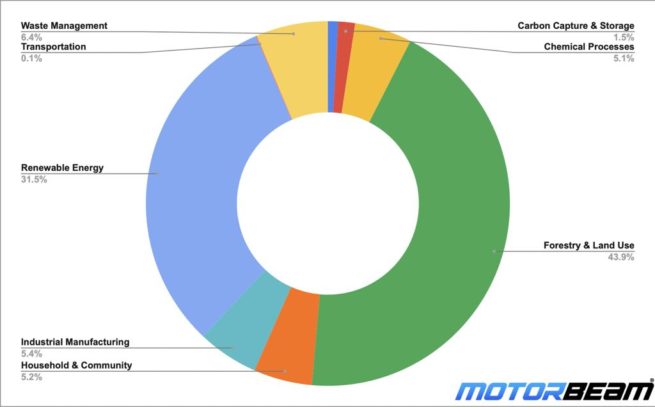
While we all would like a perfect world where there are no emissions whatsoever, the reality is far from true.
Shell, last year claimed that they will go carbon neutral by 2050. Yes, the same Royal Dutch Shell, Europe’s biggest oil company. While the company may claim various things about how they plan to do that, offsets play a significant role.
In fact almost any company with such a claim will somehow end up using carbon offsets to achieve net zero. So yeah, offsets are crucial in the fight against climate change, and so it’s important that we have a proper idea of what they do, and what they don’t, and the issue with them.
“The World Of Offsets Has Deep, Deep Problems”
Freya Chay
You see, this concept of polluting here, and offsetting the emitted carbon somewhere else is not a new scheme. This system has formally existed since 1992, with the Kyoto Protocol.
Today, even you and I can hop onto various websites and pay to have our emissions removed/offset!
There are 2 types of markets for offsetting,
- Voluntary
- Compliance
We will be focusing on the voluntary market, as that is the most relevant for you and me.
All offsetting done for PR / marketing, or goodwill purposes come under this category as well. So, naturally the volume of transactions, and the sheer amount of projects under this market is huge. The voluntary carbon market is valued over $1 Billion, and is poised to grow even more this year.
All offsetting done for PR / marketing, or goodwill purposes come under the voluntary offset market
While voluntary offsetting has so many categories under it, the single most popular one is forestry and conservation projects. It contributes to about 50% of the voluntary market.
So it goes something like this: a guy buys up a lot of forest land in places where deforestation is high. However, his notion is not to cut these trees, rather, it’s to preserve them.
This person then goes to a non profit, like Verra, and says “I have a piece of land that will be gone if I don’t take care of it”. This NGO then goes through this person’s claims and then validates them one by one. (They have a 65 page doc on their website for rules on what to do and what not to do!)
Verra then gives this project 1 credit (A VCS, as they call it) for every metric tonne of carbon the project eliminates. This credit has huge value, kind of like ISI certification in India, but for saving trees, or removing carbon off the atmosphere.
Various MNC’s then buy up these credits, for which they get to claim ownership of the tonnes of carbon these forests eat up.
Why this is weird.
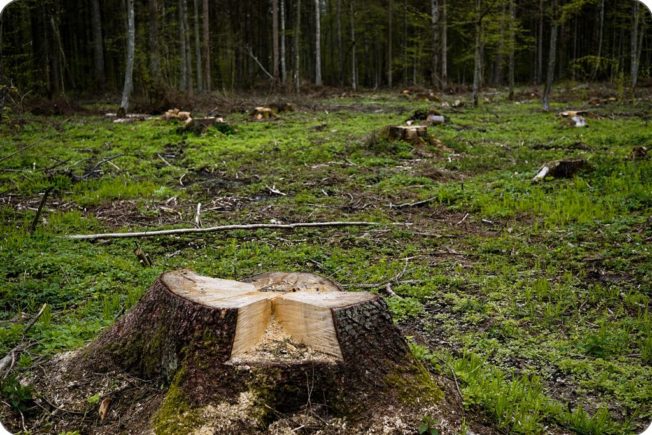
There are pretty much only a couple organisations that do all the checking, and give these projects credits: The Gold Standard, and Verra. Do note that there are other certification organisations, but they also suffer with similar shortfalls, and hold a less significant market share. These organisations are independent and hence, they don’t have any sort of federal regulations.
Of course these people seem to be taking their jobs very seriously, but I must emphasise, there is no federal regulation in this market.
The voluntary market has no federal regulation as of now.
To make matters more questionable, there are a few studies posted by credited publishers that question the legitimacy of the calculations made by Verra.
Note here that Verra certifies almost 60% of all the offsets bought by these MNCs. So questioning Verra’s practices is like questioning the trade itself.
Another thing that we have to keep in mind is that how exactly do we quantify absorption of CO2? And how do we justify the money being spent?
This is an important field of organisation, as Freya points out: “The carbon offsets we’ve been buying in the past 20 years have achieved a tiny, tiny fraction of nominal benefits”
“The carbon offsets we’ve been buying in the past 20 years have likely achieved a fraction of nominal benefits”
Freya Chay
How a project is certified, and the issue with ambiguity
These organisations look into 3 main things:
- Does the money spent provide additional value?
- What are the baseline emissions?
- Permanence: How long will the project last?
Notice that most of these are pretty ambiguous, but the money spent is not. So we need quantifiable measures that ensure that we have tangible results.
Destroying industrial pollutants is a good example of additional value. No one in their right mind will just destroy industrial chemicals by themselves. So we can definitely say that the money is benefitting the environment, and without the money, this wouldn’t happen.
However, a forest already exists, and will continue to exist unless another person disturbs it. So if a person comes forward and says that they need money to take care of these trees from being cut down, how will you quantify that?
Moreover what would be the baseline? That is, what would be the amount of CO2 that this project would emit if it weren’t for the money?
Also if the people who cut these trees just go to a neighbouring area and cut those trees instead of the conserved ones, can we really call that beneficial?
Finally, how would we justify the permanence of these trees? Many of these reports mainly deal with the permanence factor. In several cases the caretaker promises the trees will stay alive for at least 10 or so years. However in a lot of these projects, that is not the case.
Now, there are insurance credits baked into these certification schemes. So from an accounting point of view it’s the same for the companies. But then again, the issue is that many of these losses are not reported in the first place.
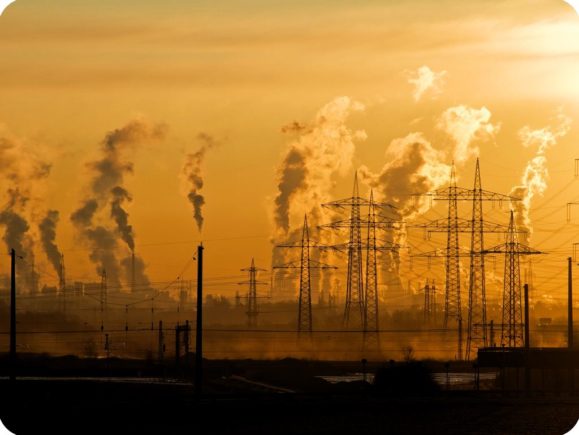
It is important for us to understand here that these organisations (like Verra) themselves are non profit. However, on both sides of them, there are profit seeking individuals.
What I mean by that is that the people who conserve these forests are doing them for a profit. The companies, as much as they care about the environment, exist to make a profit. Even the middlemen connecting these owners to companies want to make a profit.
I am not saying that every step of this process should be non profit, but some federal regulation in this matter would offer a sense of security to these claims.
But even if you look past all these flaws there is still one thing that is pretty weird.
This is quite hilarious at first glance. A guy prevents another guy from cutting trees, and a company says they are saving the environment.
The concept sounds pretty hilarious and the main issue is that we really cannot prove that it works. We call this form of offsetting as Carbon avoidance. Carbon avoidance is a separate form, and carbon removal is another.
These two must be seen as two separate entities rather than one. That is, we know that cutting down trees is bad for the environment. But at the same time, preventing trees from being cut down does not necessarily mean we are cutting CO2 emissions.
As Freya notes: “Our Whole industry right now, is not organised to represent that distinction”
“The voluntary carbon market is not currently organised to represent the distinction between carbon removal and avoided emissions.”
Freya Chay
What else are we doing?
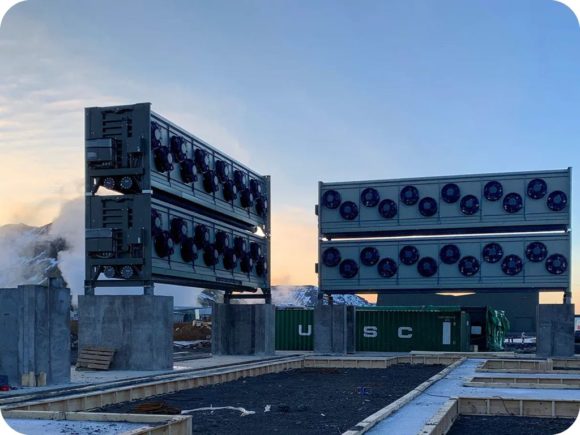
Carbon offsetting is a large field, it’s not just forest conservation. The field of renewables, waste management, community projects, and other forms of agriculture are all excellent offsetting mechanisms.
These forms of projects physically remove carbon from the atmosphere. Over time I really hope the industry focuses more on these fields, as the grey area is much lesser on those. I will drop a link at the footnotes, and I really suggest you read about some of them.
Recently Audi, Microsoft, Coca Cola and other companies invested in a giant CO2 vacuum cleaner that literally sucks CO2 from the atmosphere and converts it into stone. The unit in Iceland, when completed, can remove 4000 tonnes of carbon from the atmosphere in a year!
Also, to bridge the gap between unregulated chaos and stringent federal regulations, there are non profits like CarbonPlan, as mentioned before, who review these projects and cross verify them with their own research and rate them. A community like this keeps the claims from getting too stretched, and the marketing too far.
Why We Should Care
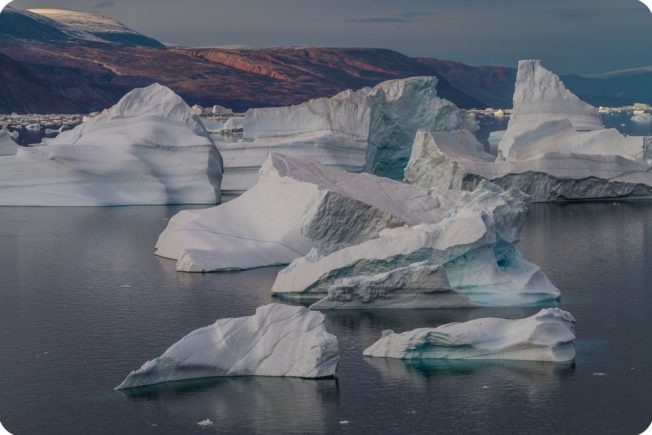
We are at an inflection point when it comes to climate change. I don’t know if you noticed or not, but last year the climate situation was extremely random. Floods and hurricanes destroyed many livelihoods, and displaced many from their homes. Glaciers are melting and falling into the ocean, rising the sea level, and threatening to sink cities that are low-lying.
Even from a moral standpoint, many companies throw around a lot of jargon at us, in the name of climate goals, and score brownie points in terms of goodwill, and cash in the profit.
Carbon offsetting/removal is going to be a big part of fighting climate change, so I believe it’s important people know more about it, and question the processes and standards, and overall bring the industry to a better position.
As Freya notes, “If we get serious about Net Zero, even the most credible [voluntary programmes] is not what we need for Net Zero”
“If we get serious about Net Zero, even the most credible offset programmes are not what we need.”
Freya Chay
Now, you might be thinking that “Well the worst case is that the company just lost a lot money on trees that would have existed even otherwise!“.
I was thinking the same way initially as well. However the reality is far worse.
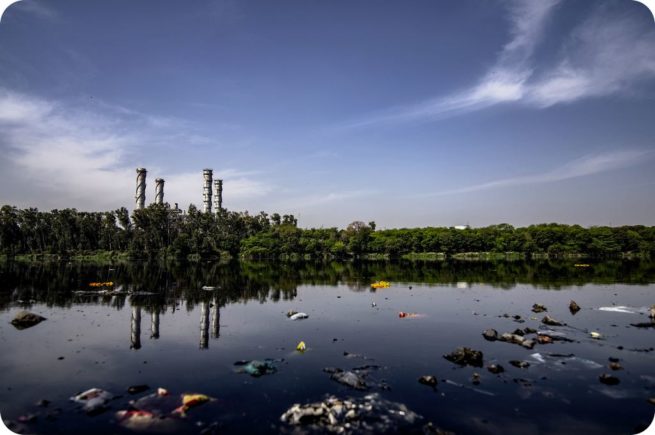
I have linked a report made by the LA Times detailing what happens when an industrial company becomes too comfortable with offsets, and what happens when these offsets don’t work.
If you’re getting tired reading this itself, then I will just tell you the most important part here.
Since the company in question was offsetting their emissions, they took no care in disposing their industrial effluents more efficiently. So the community around the area where this factory is located has been affected quite severely.
The worst part? The offsets that this company bought burned down in a fire, and so that was not doing any CO2 absorbing either.
As much as the global idea of offsetting is true, the immediate surroundings take a significant hit from all the polluting that is happening. So these offsets allow a sense of complacency. A sense of “Well we have done our part, now we don’t need to change much“. This sort of thinking could mean that offsets, at the end of the day, can do more harm than good.
Offsets will do more harm than good if not used properly
While I would like to end this article on a hopeful note, I really cannot. We are certainly going to blow past the 1.5° celsius increase in temperature set by the Paris Agreement, and are showing no signs of slowing down.
We need more awareness and set high, yet achievable standards to hold ourselves accountable for. Check out CarbonPlan and the incredible work they do, and the other links I have attached below, if you are interested to know more.
- The LA Times Article: https://www.latimes.com/politics/story/2021-09-08/what-is-the-california-climate-credit-does-it-cut-pollution
- Carbonplan: http://www.carbonplan.org
- CO2 “Vacuum Cleaner” : https://climeworks.com
- Voluntary Offsets Registry Database: https://gspp.berkeley.edu/faculty-and-impact/centers/cepp/projects/berkeley-carbon-trading-project/offsets-database




